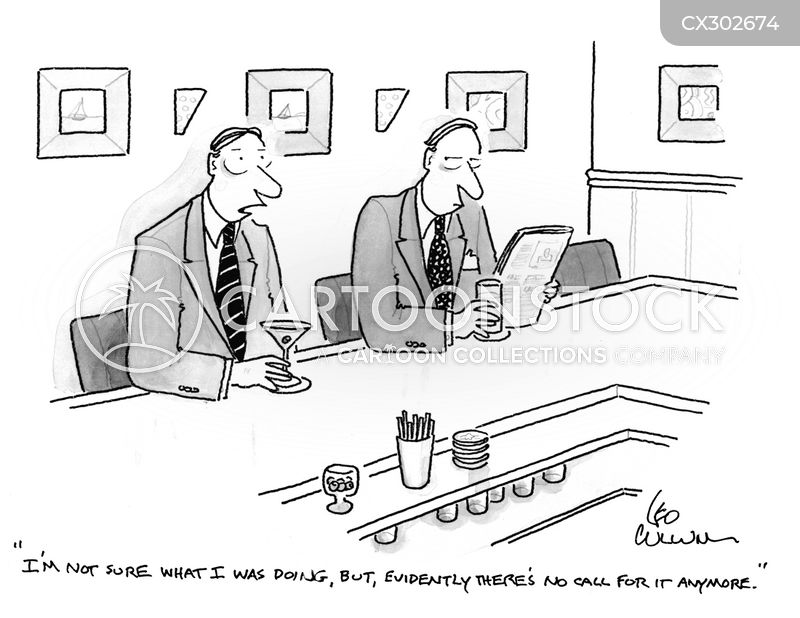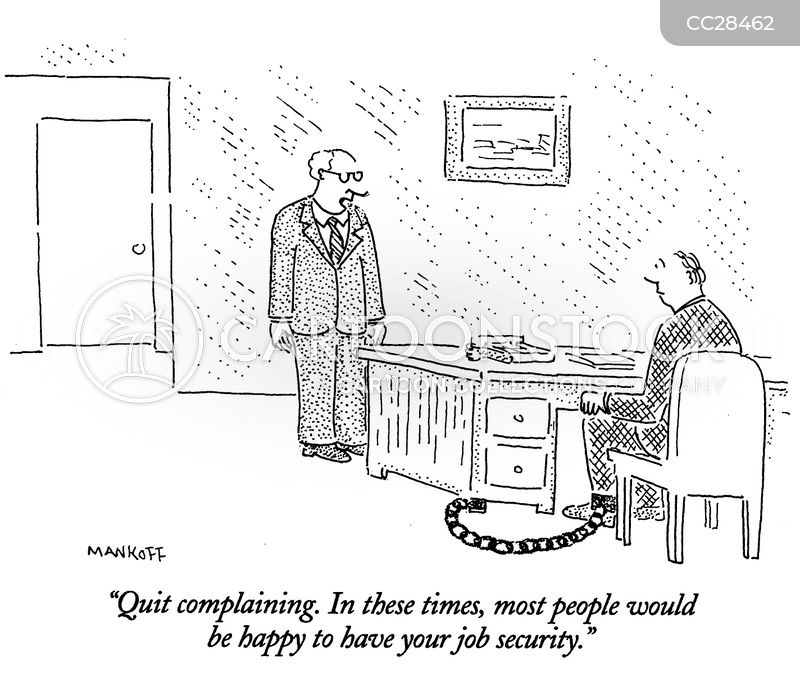
Category Archives: Job Security
The UAW Strike: What Healthcare Provider Organizations Should Watch
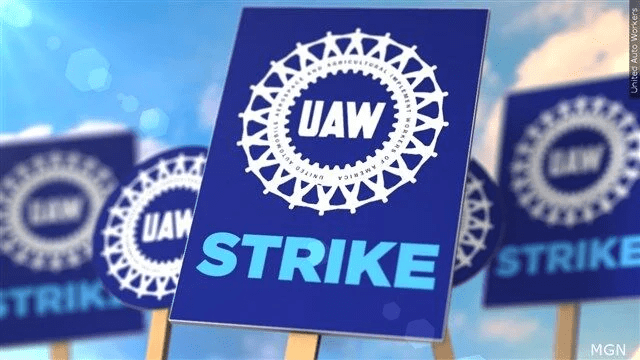
Politicians, economists, auto industry analysts and main street business owners are closely watching the UAW strike that began at midnight last Thursday. Healthcare should also pay attention, especially hospitals. medical groups and facility operators where workforce issues are mounting.
Auto manufacturing accounts for 3% of America’s GDP and employs 2.2 million including 923,000 in frontline production. It’s high-profile sector industry in the U.S. with its most prominent operators aka “the Big Three” operating globally. Some stats:
- The US automakers sold an estimated 13.75 million new and 36.2 million used vehicles in 2022.
- The total value of the US car and automobile manufacturing market is $104.1 billion in 2023:
- 9.2 million US vehicles were produced in 2021–a 4.5% increase from 2020 and 11.8% of the global total ranking only behind China in total vehicle production.
- As of 2020, 91.5% of households report having access to at least one vehicle.
- There were 290.8 million registered vehicles in the United States in 2022—21% of the global market.
- Americans spend $698 billion annually on the combination of automobile loans and insurance.
By comparison, the healthcare services industry in the U.S.—those that operate facilities and services serving patients—employs 9 times more workers, is 29 times bigger ($104 Billion vs. $2.99 trillion/65% of total spend) and 6 times more integral in the overall economy (3% vs. 18.3% of GDP).
Surprisingly, average hourly wages are similar ($31.07 in auto manufacturing vs. $33.12 in healthcare per BLS) though the range is wider in healthcare since it encompasses licensed professionals to unskilled support roles. There are other similarities:
- Each industry enjoys ubiquitous presence in American household’ discretionary. spending.
- Each faces workforce issues focused on pay parity and job security.
- Each is threatened by unwelcome competitors, disruptive technologies and shifting demand complicating growth strategies.
- Each is dependent on capital to remain competitive.
- And each faces heightened media scrutiny and vulnerability to misinformation/disinformation as special interests seek redress or non-traditional competitors seek advantage.
Ironically, the genesis of the UAW dispute is not about wages; it is about job security as electric-powered vehicles that require fewer parts and fewer laborers become the mainstay of the sector. CEO compensation and the corporate profits of the Big Three are talking points used by union leaders to galvanize sympathizer antipathy of “corporate greed” and unfair treatment of frontline workers.
But the real issue is uncertainty about the future: will auto workers have jobs and health benefits in their new normal?
In healthcare services sectors—hospitals, medical groups, post-acute care facilities, home-care et al—the scenario is similar: workers face an uncertain future but significantly more complicated. Corporate greed, CEO compensation and workforce discontent are popular targets in healthcare services media coverage but the prominence of not-for-profit organizations in healthcare services obfuscates direct comparisons to for-profit organizations which represents less than a third of the services economy. For example, CEO compensation in NFPs—a prominent target of worker attention—is accounted differently for CEOs in investor-owned operations in which stock ownership is not treated as income until in options are exercised or shares sold. Annual 990 filings by NFPs tell an incomplete story nonetheless fodder for misinformation.
The competitive landscape and regulatory scrutiny for healthcare services are also more complicated for healthcare services. Unlike auto manufacturing where electric vehicles are forcing incumbents to change, there’s no consensus about what the new normal in U.S. healthcare services will be nor a meaningful industry-wide effort to define it. Each sector is defining its own “future state” based on questionable assumptions about competitors, demand, affordability, workforce requirements and more. Imagine an environmental scan in automakers strategy that’s mute on Tesla, or mass transit, Zoom, pandemic lock-downs or energy costs?
While the outlook for U.S. automakers is guardedly favorable, per Moody’s and Fitch, for not-for-profit health services operators it’s “unsustainable” and “deteriorating.”
Nonetheless, the parallels between the current state of worker sentiment in the U.S. auto manufacturing and healthcare services sectors are instructive. Auto and healthcare workers want job security and higher pay, believing their company executives and boards but corporate profit above their interests and all else. And polls suggest the public’s increasingly sympathetic to worker issues and strikes like the UAW more frequent.
Ultimately, the UAW dispute with the Big Three will be settled. Ultimately, both sides will make concessions. Ultimately, the automakers will pass on their concession costs to their customers while continuing their transitions to electric vehicles.
In health services, operators are unable to pass thru concession costs due to reimbursement constraints that, along with supply chain cost inflation, wipe out earnings and heighten labor tension.
So, the immediate imperatives for healthcare services organizations seem clear as labor issues mount and economics erode:
- Educate workers—all workers—is a priority. That includes industry trends and issues in sectors outside the organization’s current focus.
- Define the future. In healthcare services, innovators will leverage technology and data to re-define including how health is defined, where it’s delivered and by whom. Investments in future-state scenario planning is urgently needed.
- Address issues head-on: Forthrightness about issues like access, prices, executive compensation, affordability and more is essential to trustworthiness.
Stay tuned to the UAW strike and consider fresh approaches to labor issues. It’s not a matter of if, but when.
PS: I drive an electric car—my step into the auto industry future state. It took me 9 hours last Thursday to drive 275 miles to my son’s wedding because the infrastructure to support timely battery charges in route was non-existent. Ironically, after one of three self-charges for which I paid more than equivalent gas, I was prompted to “add a tip”. So, the transition to electric vehicles seems certain, but it will be bumpy and workers will be impacted.
The future state for healthcare is equally frought with inadequate charging stations aka “systemness” but it’s inevitable those issues will be settled. And worker job security and labor costs will be significantly impacted in the process.
Cartoon – If we are to succeed
Cartoon – Reward for Years of Hard Work
Cartoon – Becoming Redundant
Recession fears are rising. Why are people still quitting their jobs?
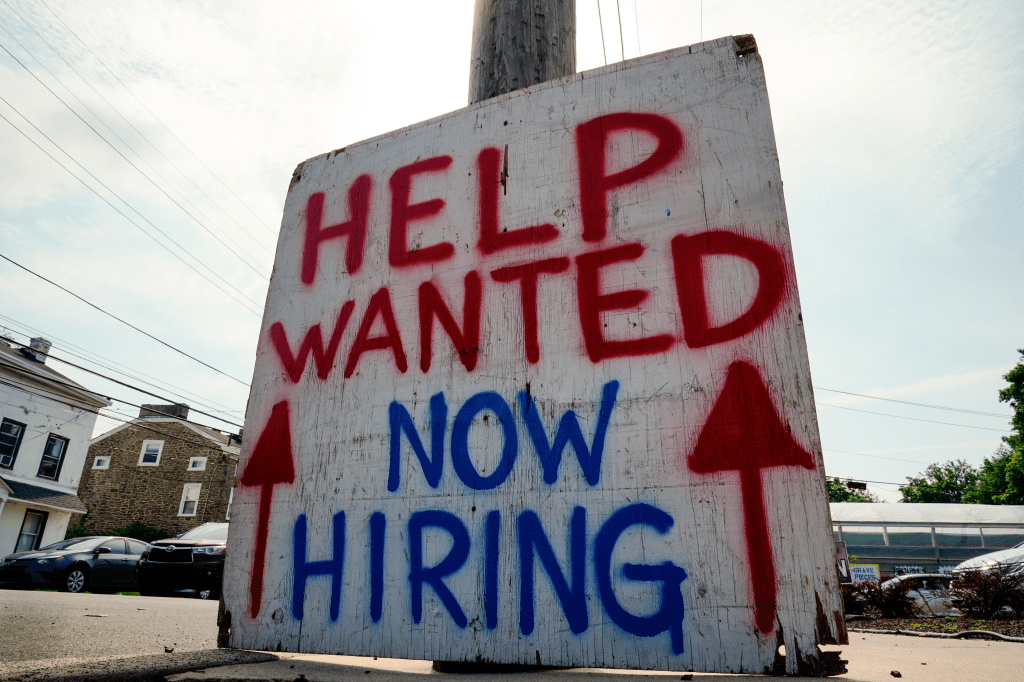
Interest rates are rising, inflation is lingering at four-decade highs, the economy appears to be slowing and experts fear a recession is on the way. But Americans are still quitting their jobs at near-record rates in the face of growing economic uncertainty.
The percentage of American workers who quit their jobs set a record earlier this year and has only dropped slightly as the economy slows from two years of torrid growth. After reaching 2.9 percent this spring, the quits rate dropped to 2.7 percent in July, according to data released Tuesday by the Labor Department.
The idea of quitting a job amid a period of increased cost of living and a dubious economic future may seem counterintuitive. But the labor market has remained stacked in favor of workers, who see ample opportunities to boost their earnings to supplant increased costs from inflation.
“Despite recent declines, job openings still outnumber unemployed workers by a sizable margin, illustrating just how tight the labor market remains,” wrote AnnElizabeth Konkel, an economist at Indeed Hiring Lab, in a Monday analysis.
There were roughly two open jobs for every unemployed American, according to Labor Department data, giving job seekers ample opportunities to find new jobs with better pay or working conditions. Businesses are still scrambling to find enough workers to keep up with consumer spending — which is well above pre-pandemic levels — from a workforce that remains smaller than it was before COVID-19.
“It seems possible that employer demand would need to cool significantly more before recruiters start to notice an easing in recruiting conditions,” Konkel wrote.
In other words, employers still have too many open jobs and not enough candidates to avoid boosting wages and other perks to find talent. And that means workers still have ample incentive to quit for a better-paying job, particularly with inflation still high.
Job seekers on Indeed.com are looking for ever-higher wages, Konkel explained. The number of Indeed users seeking jobs with a $20 per hour wage rose above those seeking $15 per hour in June 2022, and the number of jobseekers looking for $25 per hour is up 122 percent over the past 12 months.
Konkel attributed the spike in job seekers looking for more money to the steady increase in advertised wages and the inflation they’ve helped to feed.
“Once job seekers know it’s possible to attain a higher wage, their expectations may shift and act as a pull factor in searching for a higher dollar amount. In this case, the shift in job seeker expectations from searching for $15 to instead $20 is clear,” Konkel explained.
“On the flip side, inflation continues to take a bite out of workers’ paychecks,” she continued, noting that only 46 percent of workers saw wage gains that outpaced inflation.
The pressure to quit for a higher paying job has been highest in the private sector, where 3.5 percent of the workforce left their current employer in July. Workers in industries with historically low wages, tough working conditions and limited teleworking options have led the charge.
The leisure and hospitality sector posted a whopping 6.1 percent quit rate in July, down sharply from 6.9 percent a year ago but still nearly twice the national quit rate.
Restaurants and bars in particular have struggled to return to pre-pandemic employment levels despite rapidly raising wages. The pressure has also made it nearly impossible for those businesses to fire or lay off employees, even amid usual season turnover.
“Hospitality companies tell us that what was once a ‘one strike, you’re out’ rule for employees who failed to show up at work without notice is now more like a ‘ten strikes, you’re out’ rule. They cannot afford to fire workers because they cannot afford to replace them,” said Julia Pollak, chief economist at ZipRecruiter.
“The decline in terminations in industries like hospitality have been so large, they have more than offset the increase in layoffs in the tech sector,” she explained.
Quits have also remained high in retail (4 percent) and the transportation and warehousing sectors (3.5 percent), with both industries facing threats from a decline in goods spending and rising interest rates.
Even so, there are some signs of waning worker confidence, which may lead to a decline in quits.
ZipRecruiter’s job seeker confidence index dropped 4.5 points in August to an all-time low of 97.8, Pollak said, with a greater number of applicants looking for job security over higher wages.
“Since the pandemic, job seekers have been looking for higher pay, less stress, and greater flexibility. In August however, job security rose to the second-place spot in their priority ranking,” Pollak explained.
“One in four employed job seekers say they feel less secure about their current job than they did six months ago. Rising risk of a recession, paired with a wave of recent tech layoffs, has made employees more concerned about the precarity of their jobs.”
U.S. adds whopping 528,000 jobs in July as labor market booms

Employers added a stunning 528,000 jobs in July, while the unemployment rate ticked down to 3.5%, the lowest level in nearly 50 years, the Labor Department said on Friday.
Why it matters: It’s the fastest pace of jobs growth since February as the labor market continues to defy fears that the economy is heading into a recession.
- Economists expected the economy to add roughly 260,000 jobs in July.
- Job gains in May and June were a combined 28,000 higher than initially estimated.
The backdrop: The data comes at a delicate time for the U.S. economy. Growth has slowed as the Federal Reserve raises interest rates swiftly in an attempt to contain soaring inflation.
- Many economists and Fed officials alike are pointing to the ongoing strength of the labor market as a sign the economy has not entered a recession.
- Policymakers want to see some heat come off the labor market. They are hoping to see more moderate job growth as the economy cools, in order to ease inflation pressures.
Cartoon – Merits of Job Security
More Americans are quitting — and job openings hit record high

Across industries, 4.54 million Americans quit or changed jobs in March, the highest level since December 2000, according to seasonally adjusted data released May 3 by the Bureau of Labor Statistics.
The count is up from 4.38 million in February. In the healthcare and social assistance sector, 542,000 Americans left their jobs in March, compared to 561,000 the previous month, according to the bureau.
The number of job openings in the U.S. also hit a record high of 11.55 million in March, up from 11.34 million in February, according to the bureau. Job openings in the healthcare and social assistance sector remained similar in February and March, at around 2 million.
During the pandemic, hospital CEOs are among those who have joined the list of workers quitting. Additionally, older, tenured employees in America are part of the trend.
Although there continues to be churn in the labor market, Fitch Ratings projects the U.S. labor market will recover jobs lost during the pandemic by the end of August.
Economy adds 431K jobs in March, unemployment down to 3.6 percent
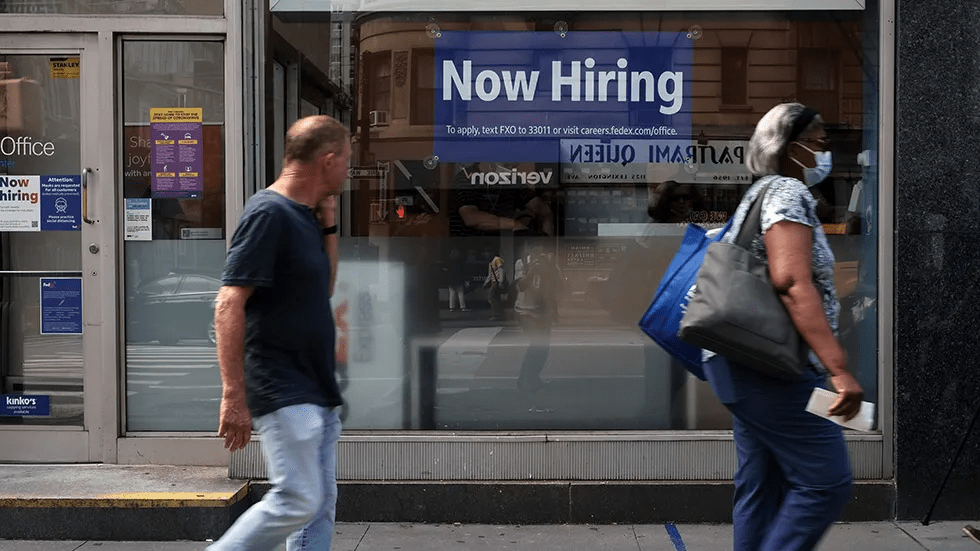
The U.S. added 431,000 jobs and the unemployment rate dropped to 3.6 percent in March, according to data released Friday by the Labor Department.
Job growth fell slightly short of expectations, as consensus estimates from economists projected a gain of roughly 490,000 jobs in March and a decline in the jobless rate to 3.7 percent.
But resilient consumer spending and historically strong demand for workers helped power the U.S. economy to another study job gain.
The Labor Department also revised the January and February job gains up by a combined 95,000, bringing the total of jobs added by the U.S. economy in 2022 up to 1,685,000 million.
More Americans who left the workforce during the pandemic appeared to be returning to the job hunt in March, a promising sign as businesses struggle to fill a record number of openings. The labor force participation rate ticked higher to 62.4 percent and the employment-population ratio—the proportion of working-age adults in the labor force—rose to 60.1 percent.
Wage growth also accelerated in March with average hourly earnings rising 5.6 percent over the past 12 months, up from 5.1 percent in February.
The wage growth comes as inflation batters the Biden administration and Democrats politically, contributing to the president’s approval ratings being stuck in the low 40s. This has contributed to the anxiety in his party in a midterm election year, as Democrats are worried they could lose both the House and Senate majorities in this fall’s elections.
Gas prices have risen further with the Russian war in Ukraine and the international sanctions on Moscow. President Biden on Thursday announced he would be released 1 million barrels of oil a day from the nation’s strategic reserves to try to offer some help to lower gas prices.
The administration has touted the strength of the job market and the overall economy in the face of attacks from Republicans on inflation. And the March report offered more good news.
Overall, job-seekers continued to enjoy ample opportunities to find work at businesses across the economy even in the face of the highest annual inflation in 40 years. And businesses hit hardest by the pandemic-driven recession were among the top job-gainers in March.
The leisure and hospitality industry added 112,000 jobs in March, with restaurants and bars adding 61,000 jobs and accommodation businesses adding 25,000. Employment in the sector is still down 1.5 million from the onset of the pandemic.
Professional and business services companies gained 102,000 jobs in March and retailers added 49,000 employees, pushing both sectors well above their pre-pandemic employment levels.
The manufacturing, construction, and financial sectors also saw strong jobs gains last month.
The strong March job haul is the latest in a string of stellar employment reports. The U.S. has gained an average of 562,000 jobs each month in 2022—the same rate as in 2021, when the country added a record-breaking 6.8 million jobs
Even so, steady monthly job growth has done little to bolster Biden’s approval ratings and voters’ views about his handling of the economy. While job growth, consumer spending, the stock market and property values rebounded rapidly from the recession, a 7.9 percent annual increase in prices has wiped out the political benefit of a strong economy otherwise.




